Teano. Church of Sant'Antonio Abate
2021
You may also like

2022
Caserta, the Royal Palace. The park.
The Royal Palace of Caserta is a royal residence, historically belonging to the Bourbons of the Two Sicilies, located in Caserta. Commissioned by Charles of Bourbon, the laying of the first stone, which started the construction work, took place on January 20, 1752, based on a project by Luigi Vanvitelli: this was followed by his son Carlo and other architects. The palace was completed in 1845.
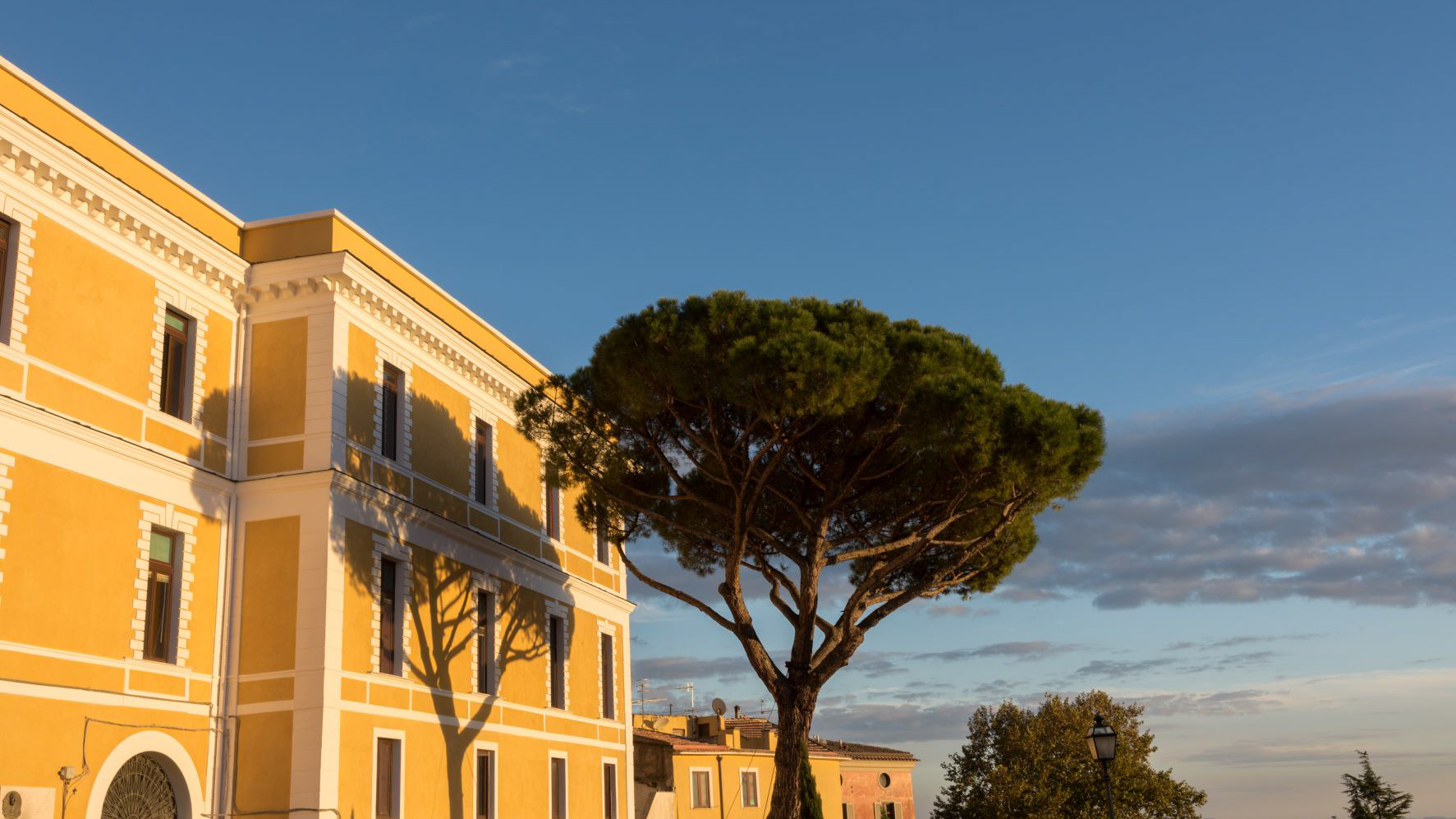
2021
Teano. Glimpses
Teano, the ancient Teanum Sidicinum, well known as the site of the historic meeting between Vittorio Emanuele II and Garibaldi in 1860, is located at the foot of the Roccamonfina volcanic group in the province of Caserta, has a rich monumental heritage, great environmental value and numerous ancients. Inhabited by the populations of the Aurunci and Sidicini, of Samnite origin and perhaps occasional cause of the outbreak of the first Samnite war in 343 BC, it has returned some of the first four documents in Italian vernacular, just after the middle of the tenth century, the "papers of Teano". The city was the birthplace of Antonello Petrucci one of the leaders of the so-called fifteenth-century Conjugation of the Barons and owner of a palace in Naples located in Piazza San Domenico Maggiore, next to the entrance to the church of the same name. The ancient Teanum occupied the place of the current city while the thermal baths and the amphitheater fell outside the walls, had an irregular perimeter and an area of about 7 and a half hectares.

2022
Caserta, the Royal Palace
The Royal Palace of Caserta is a royal residence, historically belonging to the Bourbons of the Two Sicilies, located in Caserta. Commissioned by Charles of Bourbon, the laying of the first stone, which started the construction work, took place on January 20, 1752, based on a project by Luigi Vanvitelli: this was followed by his son Carlo and other architects. The palace was completed in 1845.
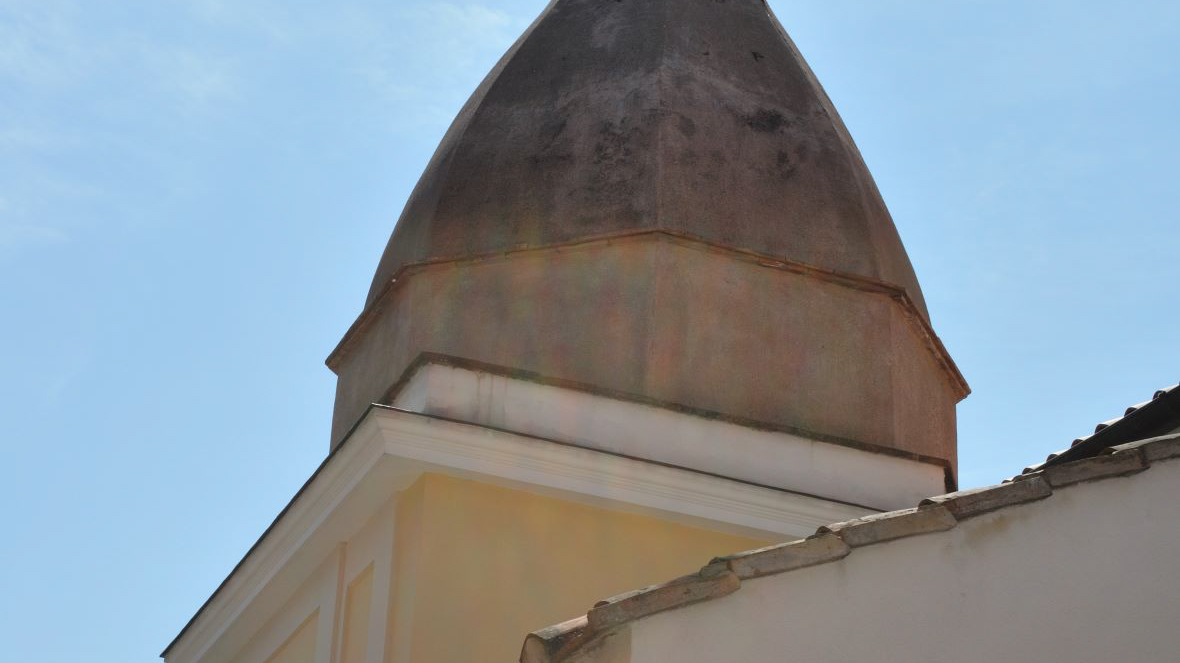
2021
Teano. Church of San Michele Arcangelo
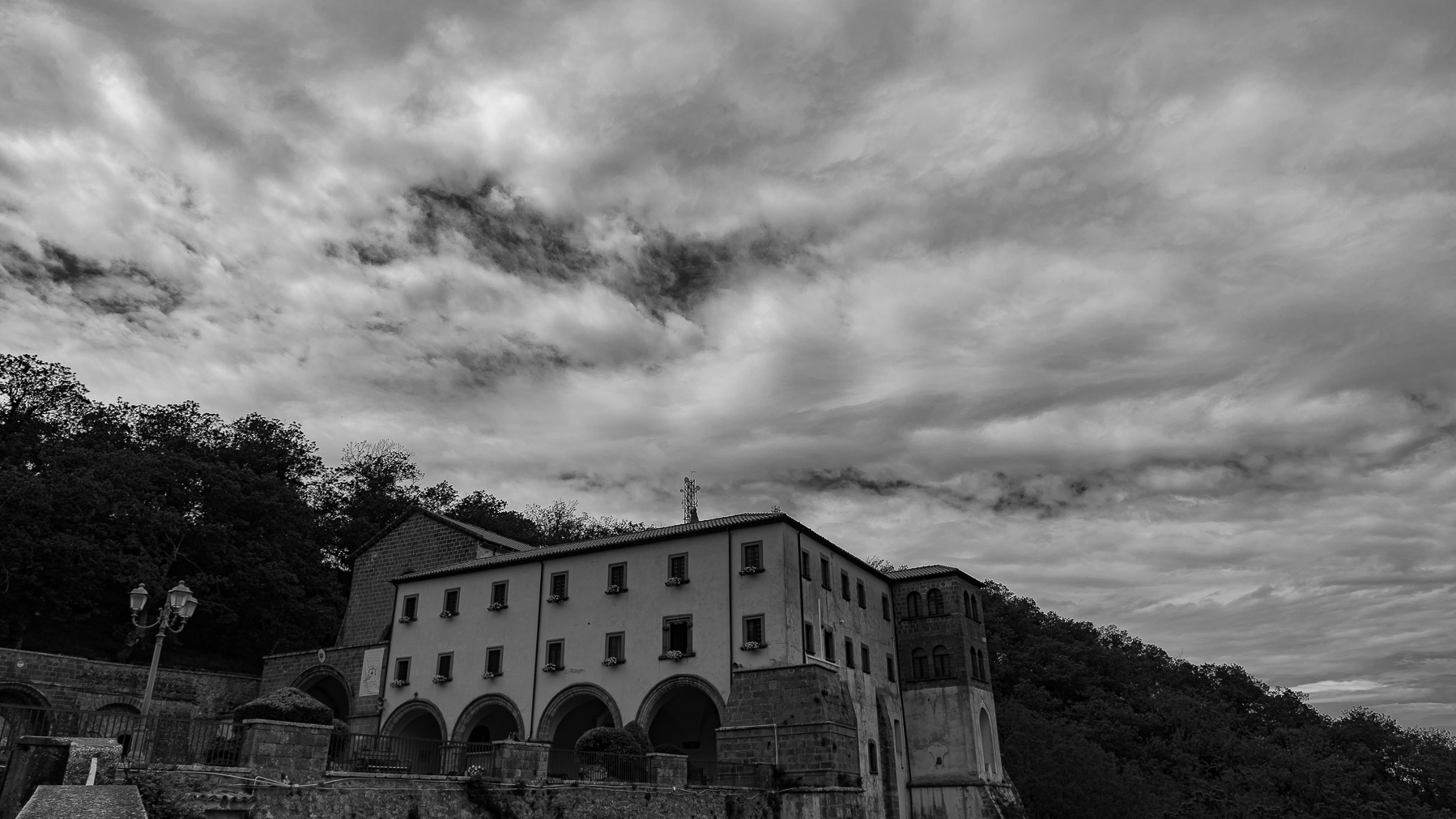
2021
Roccamonfina. The Sanctuary of Maria SS dei Lattani
The Sanctuary of Maria Santissima dei Lattani is a Marian sanctuary located in the territory of the municipality of Roccamonfina, in Campania.
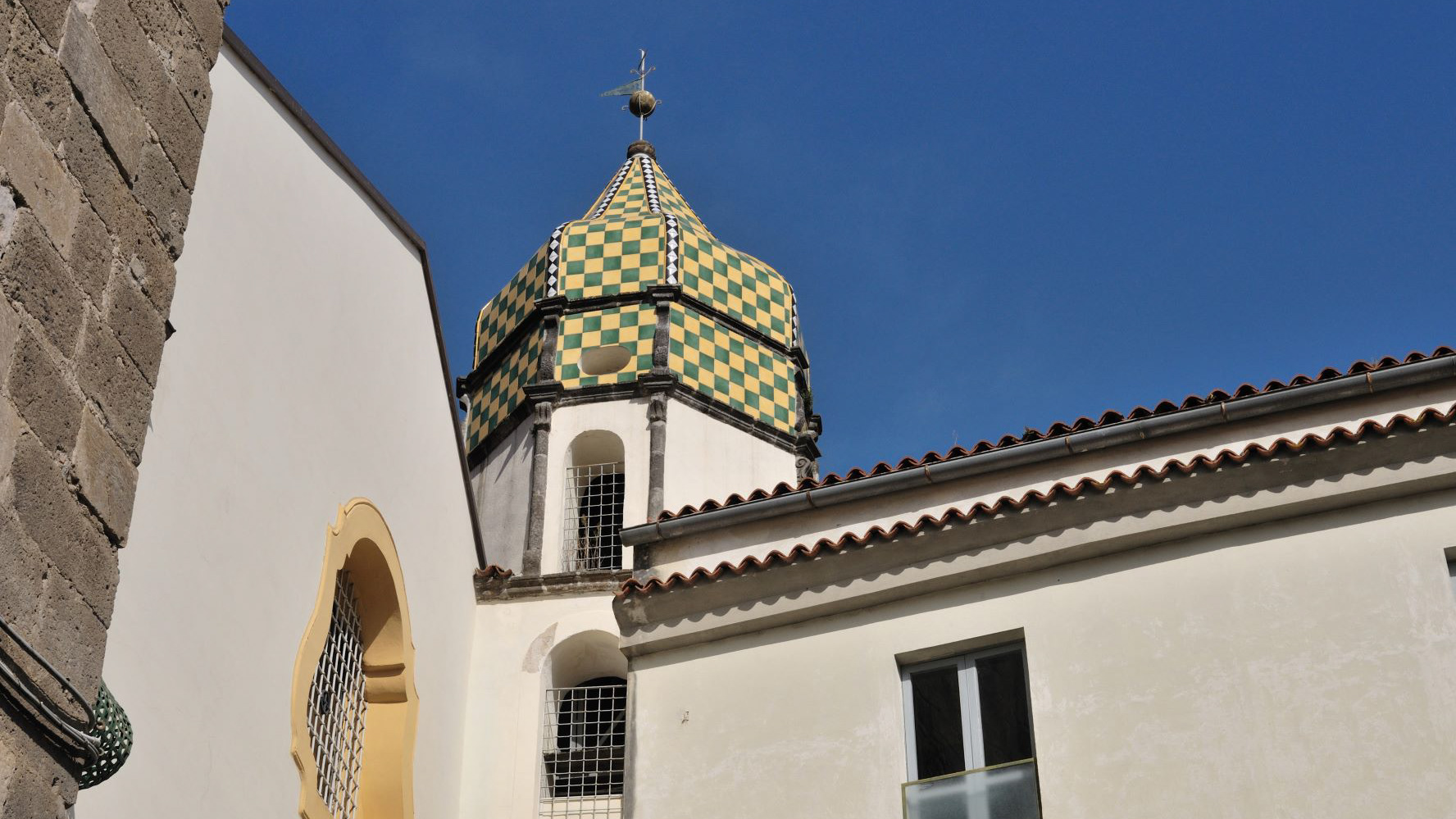
2021
Teano. Monastery of Santa Caterina
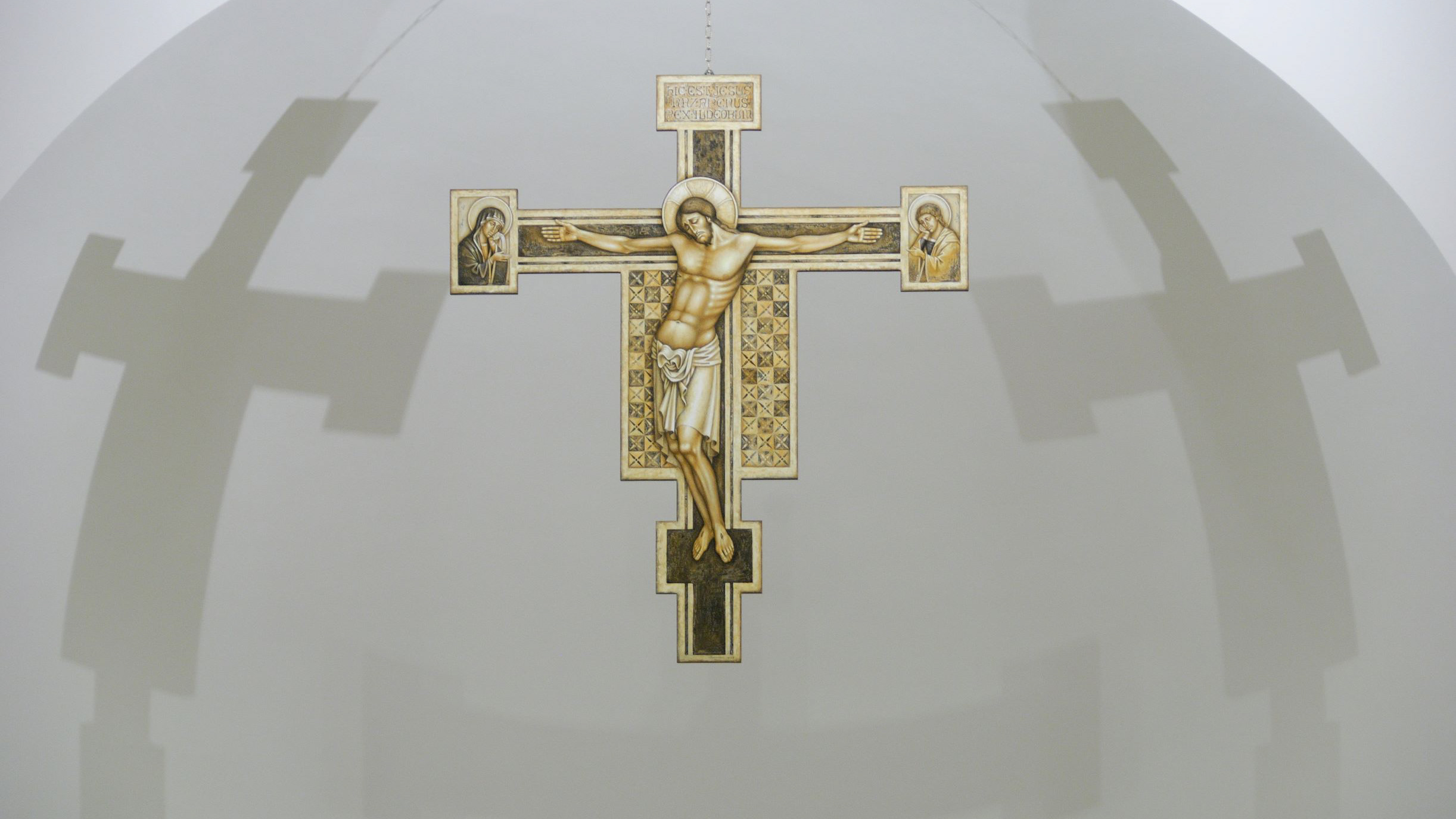
2020
Teano. The Cathedral. Left side chapel
The cathedral, originally dedicated to San Terenziano, was later named after San Clemente. Construction began in 1050 by Bishop Guglielmo, to replace the old cathedral of San Paride ad Fontem, located outside the city walls. The works were completed in 1116 by Bishop Pandulfo. The building has a basilica structure divided into three naves by two rows of columns. In 1608 it was damaged internally by a fire that almost completely destroyed the cosmates ambo, subsequently recomposed using the remains of the previous one integrated with the marble slabs of a fourteenth-century sepulchral monument already present in the church and positioned on twisted columns, two of which rested on fountain lions. During the 16th century the Romanesque apse was modified and on that occasion a precious carved wooden choir was built in the presbytery, built in 1539 by the Benedictine Antonio Maria Sertorio. The choir underwent two restorations, the first in the 17th century and the second in 1957, following the damage suffered during the Second World War.
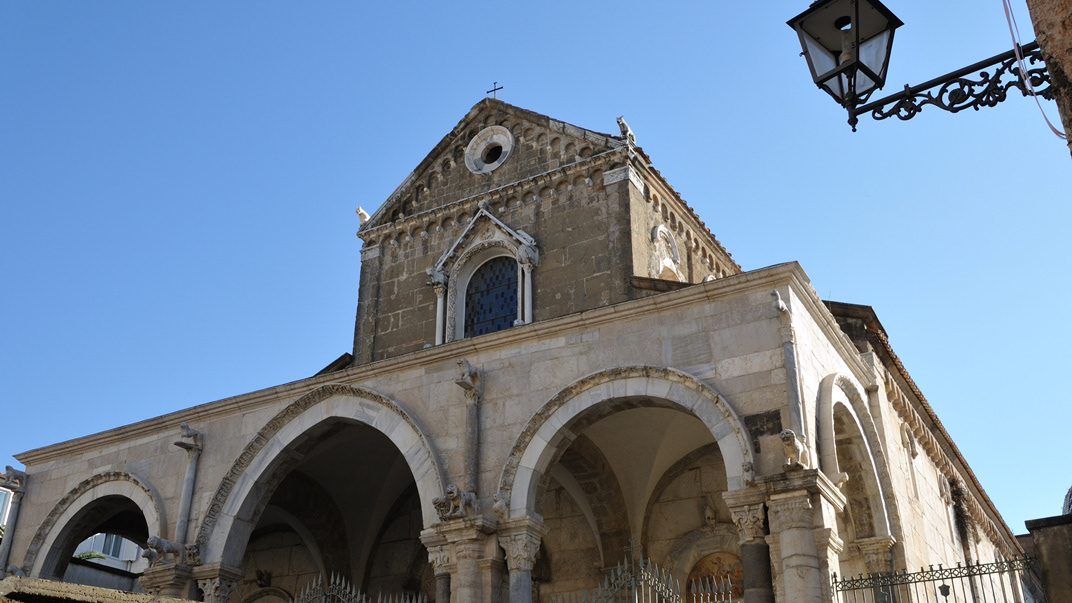
2008
Sessa Aurunca (CE), the Cathedral
Construction was begun by probable workers of the Casauriense school (see portico of the abbey of S. Clemente a Casauria built between 1176 and 1180) in 1113, partly reusing materials from ancient Roman buildings, and consecrated in 1183; the current external appearance was achieved in the first half of the thirteenth century with the addition of the portico and the large window placed in the upper part of the facade. The interior, on the other hand, having eliminated the trussed ceiling already in the thirteenth century, remained Romanesque until the mid-eighteenth century when the bishop Francesco Caracciolo d'Altamura decided to modernize it according to the tastes and style of the time, namely the Baroque. In July 1929, Pope Pius XI elevated it to the dignity of a minor basilica.

2020
Teano. The Cathedral. The main facade
The cathedral, originally dedicated to San Terenziano, was later named after San Clemente. Construction began in 1050 by Bishop Guglielmo, to replace the old cathedral of San Paride ad Fontem, located outside the city walls. The works were completed in 1116 by Bishop Pandulfo. The building has a basilica structure divided into three naves by two rows of columns. In 1608 it was damaged internally by a fire that almost completely destroyed the cosmates ambo, subsequently recomposed using the remains of the previous one integrated with the marble slabs of a fourteenth-century sepulchral monument already present in the church and positioned on twisted columns, two of which rested on fountain lions. During the 16th century the Romanesque apse was modified and on that occasion a precious carved wooden choir was built in the presbytery, built in 1539 by the Benedictine Antonio Maria Sertorio. The choir underwent two restorations, the first in the 17th century and the second in 1957, following the damage suffered during the Second World War.

2021
Teano, Monastery of Sant'Antonio da Padova
On the top of the homonymous hill stands the Franciscan monastic complex dedicated to St. Anthony of Padua, a true symbol of Sidycin and non-Sidycin Christian devotion. Much has been written about the monastic complex in recent decades and almost everything is known about it by now. The monastery was built in 1427 by the Franciscan friars Martino di Campagna and Nicola di Castellammare di Stabia on a land owned by the knight Ludovico Galluccio
